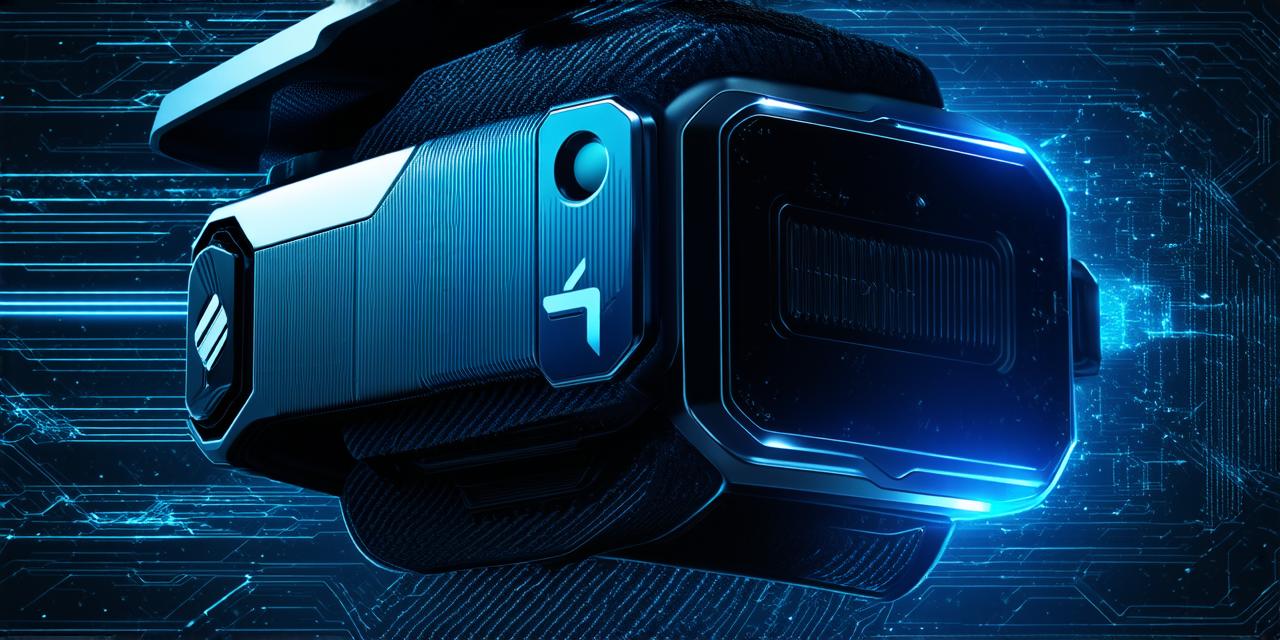<!DOCTYPE html>
1. Understanding of 3D modeling and animation
Virtual reality development requires a strong foundation in 3D modeling and animation. This includes knowledge of software such as Autodesk Maya or Blender, as well as an understanding of key concepts such as lighting, textures, and rigging. By mastering these skills, you will be able to create realistic and engaging virtual environments.
2. Programming skills
Virtual reality experiences require a combination of hardware and software, and programming is at the heart of this process. To develop VR experiences, you will need to have a solid understanding of programming languages such as C++ or C, as well as experience with game engines like Unity or Unreal Engine. This skill set will enable you to create interactive and immersive VR environments that captivate users.
3. User experience (UX) design
Virtual reality experiences must be intuitive and engaging for the user. UX design is a critical aspect of VR development, as it involves creating an immersive environment that feels natural and intuitive to users. By studying UX design principles and best practices, you will be able to create VR experiences that are both fun and functional.
4. Motion sickness prevention
Motion sickness is a common issue for users of virtual reality technology. To prevent motion sickness, it’s important to have a solid understanding of motion tracking and optimization techniques. This includes knowledge of how to optimize rendering, reduce latency, and minimize motion blur. By taking these steps, you can create VR experiences that are comfortable and enjoyable for all users.
5. Collaboration and communication skills
Virtual reality development is a collaborative process that requires effective communication between team members. This includes knowledge of project management tools such as Trello or Asana, as well as experience with version control systems like Git. By developing strong collaboration and communication skills, you will be able to work effectively with team members from different backgrounds and disciplines.
6. Continuous learning mindset
Virtual reality technology is constantly evolving, and it’s important to have a continuous learning mindset to stay up-to-date with the latest developments. This includes attending conferences, workshops, and online courses, as well as experimenting with new tools and techniques. By embracing a culture of continuous learning, you will be able to adapt to changes in the VR industry and stay ahead of the curve.
7. Real-world experience
Finally, real-world experience is essential for successful virtual reality development. This can include internships, freelance projects, or full-time jobs in the field. By gaining hands-on experience, you will be able to apply theoretical knowledge to real-world problems and develop practical skills that are in high demand by employers.
Case Study: A Virtual Reality Experience for Medical Training
One example of how these essential skills come together is in the development of virtual reality experiences for medical training. In this scenario, a team of 3D modelers, animators, programmers, and UX designers collaborate to create an immersive VR experience that simulates a surgical procedure. The team must have a strong foundation in 3D modeling and animation to create realistic models of surgical instruments and body parts. They must also have programming skills to develop interactive elements such as buttons and switches.
6. Continuous learning mindset
Virtual reality technology is constantly evolving, and it’s important to have a continuous learning mindset to stay up-to-date with the latest developments. This includes attending conferences, workshops, and online courses, as well as experimenting with new tools and techniques. By embracing a culture of continuous learning, you will be able to adapt to changes in the VR industry and stay ahead of the curve.
7. Real-world experience
Finally, real-world experience is essential for successful virtual reality development. This can include internships, freelance projects, or full-time jobs in the field. By gaining hands-on experience, you will be able to apply theoretical knowledge to real-world problems and develop practical skills that are in high demand by employers.
FAQs
1. What programming languages are most commonly used in virtual reality development?
C++ and C are commonly used for game engines like Unity and Unreal Engine. Python is also used for scripting and data analysis in VR applications.
2. How can I prevent motion sickness in virtual reality experiences?
To prevent motion sickness, it’s important to optimize rendering, reduce latency, and minimize motion blur. You should also provide users with clear instructions and allow them to adjust settings as needed.
3. What are some real-world examples of virtual reality applications?
Virtual reality is used in a variety of industries, including gaming, education, healthcare, and manufacturing. Some examples include VR training for medical professionals, immersive product demonstrations in retail, and simulations for pilot training.
4. How can I gain hands-on experience in virtual reality development?
You can gain hands-on experience through internships, freelance projects, or by building your own VR projects using open-source software and tools. You can also attend workshops and conferences to learn from experts in the field.
5. What are some challenges of developing virtual reality experiences?
Challenges include creating realistic environments, optimizing performance for different hardware configurations, and ensuring that the experience is comfortable and immersive for all users. It’s also important to stay up-to-date with emerging trends and technologies in the VR industry.
